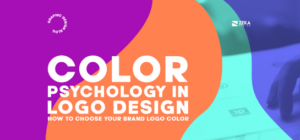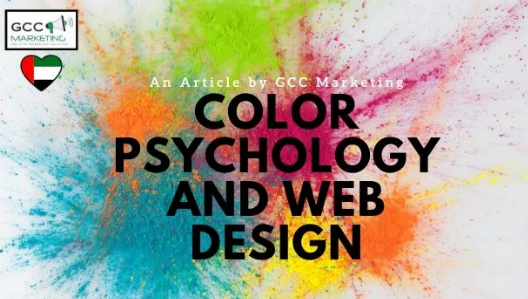Color is a fundamental element in marketing and design, playing a pivotal role in shaping consumer perceptions and decision-making. Understanding the psychology of color is essential for businesses and designers to create compelling visuals and evoke specific emotions. This article delves into the psychology of color in marketing and design, shedding light on how color choices can impact our thoughts and actions.
Color Elicits Emotions
Colors have the remarkable ability to elicit emotions and affect our mood. Warm colors like red and yellow often evoke feelings of excitement and energy, making them popular choices for brands targeting a youthful audience. On the other hand, cool colors like blue and green tend to instill calmness and trust, appealing to those seeking a sense of reliability and stability. The choice of color can thus significantly influence how consumers perceive a product or brand.
Creating Brand Identity
In marketing, a brand’s identity is its most valuable asset. Color can be an integral part of brand identity, as it aids in instant recognition and memorability. Consistency in color usage across a brand’s logo, website, and marketing materials helps build a strong and recognizable brand identity. For example, when one thinks of Coca-Cola, the iconic red color immediately comes to mind, reinforcing the brand’s identity.
Cultural and Regional Influences
While color psychology is universal to some extent, it is also subject to cultural and regional influences. In different parts of the world, colors can hold varying meanings. For instance, white symbolizes purity and cleanliness in Western cultures, while in some Asian cultures, it is associated with mourning. It’s crucial for businesses to consider these cultural nuances when expanding globally to avoid unintended messages.

Call to Action Buttons
In the realm of web design, the color of call-to-action buttons can significantly impact user behavior. Studies have shown that the color red often results in higher click-through rates, as it creates a sense of urgency. Conversely, green or blue hues can be more soothing, encouraging users to explore and engage with content. Selecting the right color for call-to-action buttons can dramatically affect conversion rates.
Color Combinations
The psychology of color extends beyond individual hues to color combinations. Complementary colors, positioned opposite each other on the color wheel, create a visually striking contrast. These combinations can be used to draw attention to specific elements, making them ideal for highlighting promotions or essential information.
The Power of Neutrals
Neutral colors, such as black, white, and gray, may not evoke strong emotions, but they play a vital role in design and marketing. Neutrals provide balance and can be used as backgrounds to make other colors pop. A sleek, black background can convey sophistication, while a clean white background symbolizes purity and simplicity.
Gender and Color Preferences
Gender can also influence color preferences. Studies suggest that men tend to favor bold, primary colors, while women are more inclined towards softer, pastel shades. This information can be valuable when designing products or marketing materials specifically targeted at one gender.
Color in Packaging
The psychology of color is paramount in product packaging. Packaging design can be a make-or-break factor in consumer purchasing decisions. Bright, eye-catching colors can create an impulse to buy, while muted tones may appeal to those seeking an elegant or classic product. For instance, a luxurious chocolate brand might opt for gold and deep brown packaging, exuding opulence.
Staying Current with Trends
Trends in color come and go, making it crucial for businesses to stay updated. Pantone’s Color of the Year is one such trend that sets the tone for design and marketing. Adopting trendy colors can make a brand appear contemporary and appealing to a younger audience, while timeless colors can communicate stability and reliability.
Conclusion
In marketing and design, the psychology of color is a powerful tool that can influence consumer behavior and shape brand identity. By understanding how different colors evoke emotions, considering cultural influences, and harnessing the impact of color combinations, businesses and designers can create visuals that captivate and persuade their target audience. Moreover, keeping an eye on color trends ensures that brands remain relevant and resonate with consumers in an ever-evolving marketplace. Color is not just a visual aspect but a language that communicates with our emotions, and when used wisely, it can be a game-changer in marketing and design.

